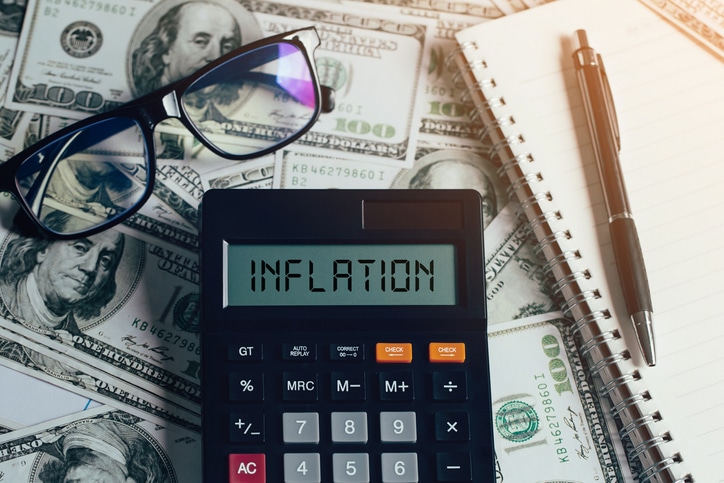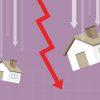Source: The Guardian —
Inflation soared in 2022 amid Covid-19, the war in Ukraine and a broken supply chain – but here’s what we can expect next.
Just a few years ago, inflation seemed like an issue the US and many other major western economies had outgrown. “Is inflation dead?” Businessweek asked in 2019, beneath an image of an ailing dinosaur. And then came Covid-19.
Supply chain issues, sickness, death and the war in Ukraine upended global trade. Propped up by government handouts and savings, consumers bounced back from the pandemic shutdowns only to find a short supply of everything from used cars to housing was triggering a cost of living crisis unseen in a generation. US inflation this year reached a 40-year high.
Now there are some signs that the price increases will slow in the coming year. But the overall picture is complicated. Here’s some of what we know about inflation this year and where it is heading.
How high did inflation get this year?
Inflation hit highs this year unseen since the 1970s. Inflation started at 7.5% in January and eventually climbed up to 9.1% in June, when gas prices were hitting $5 (£4) a gallon in some states. The inflation rate for gas prices alone was 60% at a time, largely because of repercussions from Russia’s invasion of Ukraine.
Rising oil prices and lingering Covid-19 supply chain issues kept food prices elevated. A shortage on semiconductor chips continued into the first half of 2022, keeping new and used car prices high.
Even when inflation started coming down from its peak in June, core inflation, which is the price of all goods and services except for the volatile energy and food markets, went up in September to 6.6%, showing just how widespread inflation was.
The last few months have finally seen inflation coming down, at rates lower than economists had expected. In November, inflation was at 7.1%, the lowest rate this year.
Did economists expect inflation to get this high?
Not exactly. Many economists, including those at the Federal Reserve, believed that inflation would be “transitory”, or temporary, and would ease in 2022 as supply chain issues got resolved and people slowed their spending. It was the message that both Joe Biden and Fed chair Jerome Powell were touting at the end of 2021.
















The actual inflation, if one is honest is closer to 16-19% annually. Take fuel, food ( tvst are not in the Gov’t “ official numbers” we are all suffering from “ double digit “?inflation.
Don’t expect to see relief until the Gov’t stops spending & the economy slows…